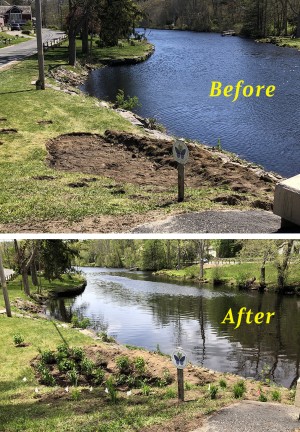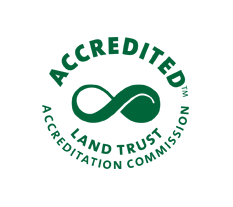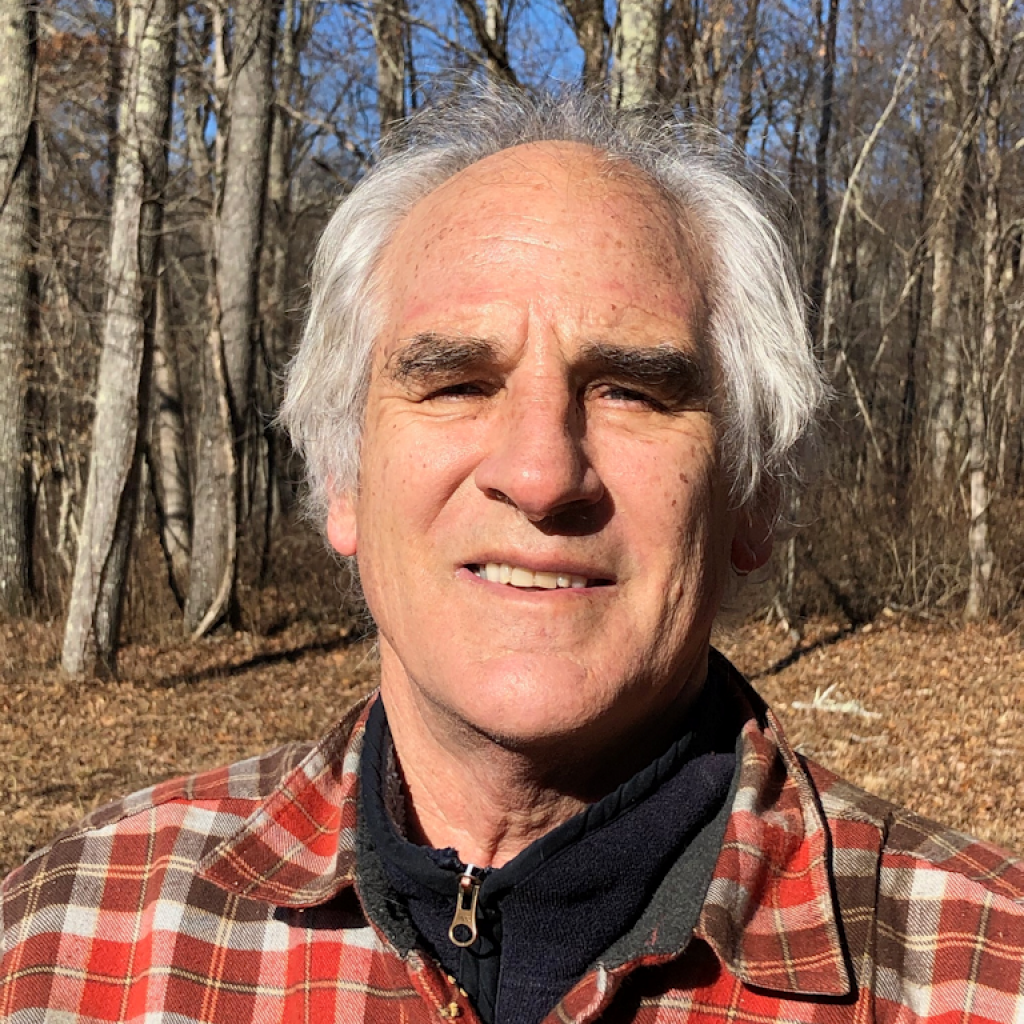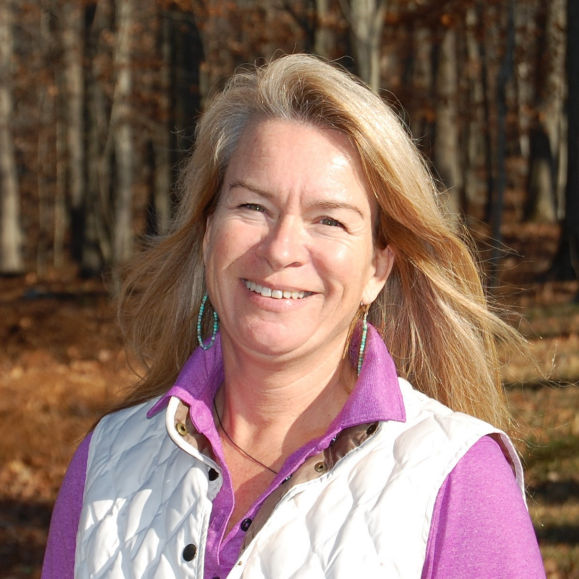
Time: 9:30-11:30 am
Place: Reed Landing, Old Hamburg Rd, Lyme
Contact Email: openspace@townlyme.org
Join us to hep plant a 2nd dry swale rain garden at Reed Landing.Last May, we planted a rain garden at the small open space property owned by the Town of Lyme on the bank of the Eightmile River, at the corner Joshuatown Road and Old Hamburg Road. We are expanding the native garden area. With the professional help of New England Pollinator Gardens, we are asking volunteers to join us to plant the garden and learn all about the process of creating a native plant garden, where to place it, how to prepare the ground, and the plants to choose.
Bring hand edger, shovel, and/or mattock. Bring your own water bottle.
Please register:openspace@townlyme.org
Why plant a dry swale rain garden? Dry swale rain gardens are designed to slow the velocity of stormwater runoff from roads and other impermeable surfaces, to filter pollution, and control erosion. These native plantings not only protect water quality, but also provide habitat for a variety of pollinators, including bees, birds, butterflies and their larva, wasps, and other wildlife. Many native insects depend upon specific native plants for survival. And birds depend upon these insects for food.
Pollinator Pathway (LPP) is an initiative of the Lyme SustainableCT Committee, which is appointed by the Lyme Board of Selectmen. Partners are Lyme Land Trust, Lyme Garden Club, and Friends of Whalebone Cove. The Eightmile Wild and Scenic Committee is providing funding for the Reed Landing Rain Garden Phase 2.






